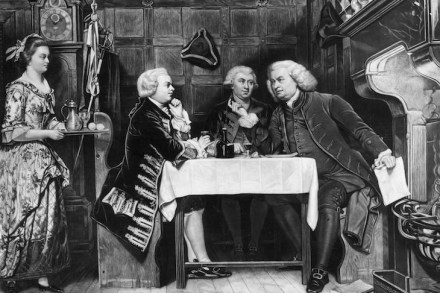An intellectual colossus
When a man is tired of Samuel Johnson, he’s tired of life. James Boswell intended his biography of Dr Johnson, published in 1791, to be no mere chronology, but a life packed with the minutiae of ‘volatile details’. Thus he presented a deluge of correspondence, liberal literary extracts and copious Latin quotations; extensive conversations with





















